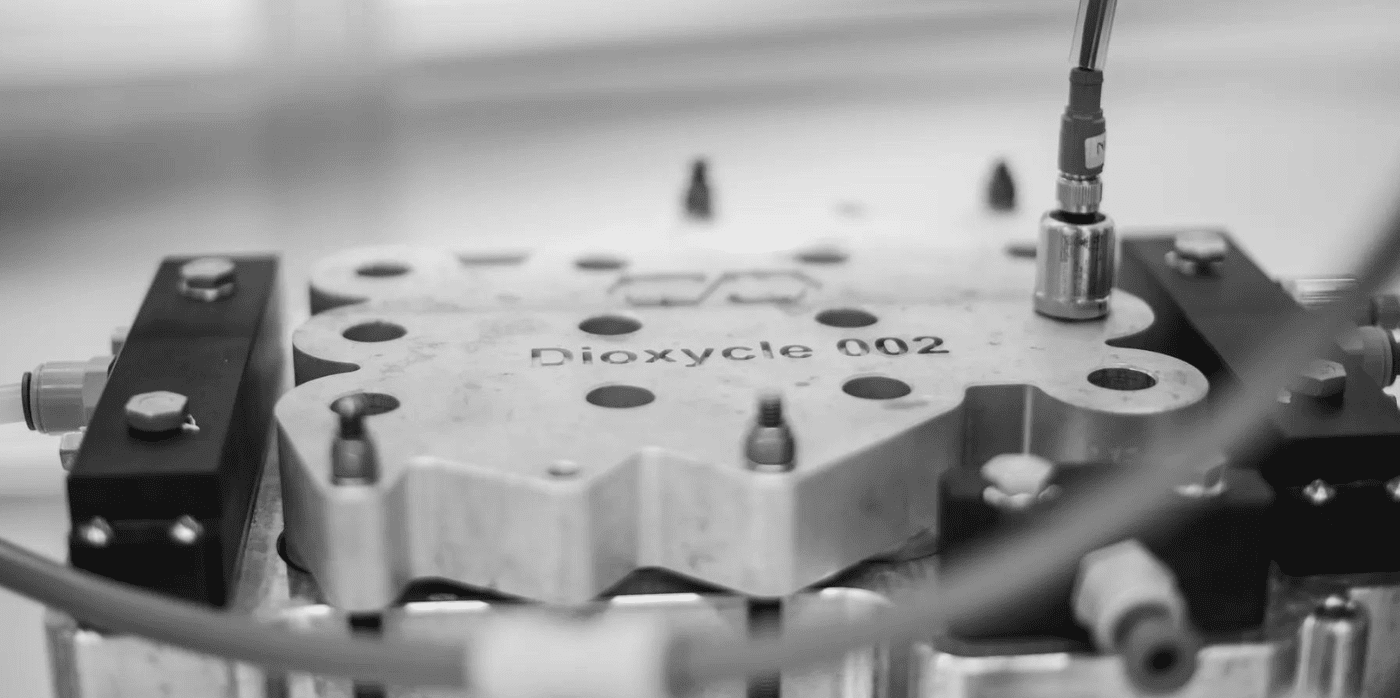
Spotted: As industries around the world push ahead in their plans to reduce greenhouse gas emissions, some of the changes being introduced are, ironically, contributing to the continued growth in the global plastics market. As vehicles seek to reduce weight in order to run more efficiently, plastics are often one of the first materials to be considered as a replacement for steel and other heavy metals. That is only a short-term solution, however, as UN member states negotiate a legally binding agreement to end plastic pollution.
Innovators are increasingly looking for multi-purpose solutions to the complex plastics problem. Many companies seek to reduce waste or emissions while cleaning current damage to the environment. One such company, Paris-based Dioxycle, created a system that uses industry emissions as feedstock for the production of sustainable manufacturing of the chemical ethylene.
The process directly captures emissions from manufacturing plants and separates the carbon from impurities. After cleaning, the captured carbon passes through layers of catalytic membranes in the company’s proprietary low-temperature electrolyser. Powered by renewable energy, the carbon is then transformed into ethylene, a building block of modern manufacturing. The chemical is used in heavy industry to produce products that range from diesel and ethanol to recyclable plastics, adhesives, and furniture. Dioxycle’s goal is to recycle 600 megatonnes of carbon annually and it is currently testing the technology in two locations – one in France and one in California.
An important aspect of the system is its affordability. The company explicitly works to provide end users with a sustainable ethylene chemical product that is equal to or lower in cost than fossil fuel-produced versions.
In the archive, other innovations spotted by Springwise that highlight ways of using captured carbon include nanotubing that could replace copper wires in myriad items and carbon-negative textiles.
Written By: Keely Khoury

